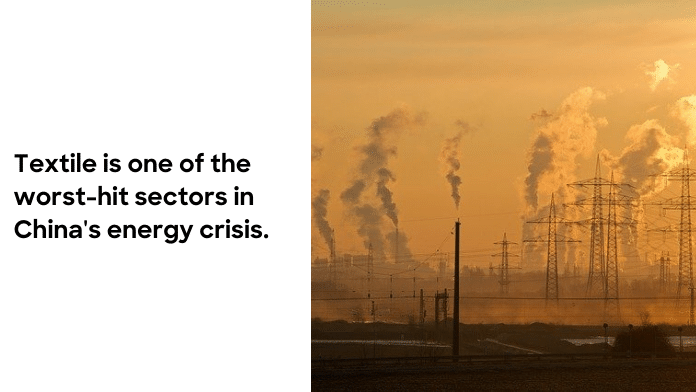With COVID restrictions easing around the world, global demands for manufactured goods are at an all-time high. Chinese companies from the country’s manufacturing provinces have been forced to ramp up production to meet this post-pandemic surge. However, despite the best efforts of manufacturers, production continues to be on the slower side with severe energy crises threatening to compound supply chain woes.
Over 50% of Chinese coal-fired power plants have become defunct
To aid manufacturers in their efforts to boost production, Chinese regulators had eased restrictions on companies using high amounts of coal & electricity. While this led to a sharp rise in the price of thermal coal (almost three times), the average mining output in northern provinces plummeted by 17.7%.
As a consequence, several Chinese coal-fired power plants are incurring heavy losses. They even approached the National Development & Reform Commission to increase electricity prices but to no avail.
With more and more power plants shutting down leaving manufacturing companies dependent on them for energy handicapped, global supply chains are up for yet another setback after the widespread disruption caused by the pandemic-induced lockdown.
“Now we have a situation where in some provinces up to 50% of coal-fired power plants are pretending to be out of order or have run so low on coal that they can’t generate,” Lauri Myllyvirta, lead analyst at the Centre for the Research on Energy and Clean Air in Helsinki, told NPR.
Manufacturers in the Southern region have no choice but to ration their electricity use. NPR reports that “lucky ones” get three to seven days of power at a time.
China’s energy crisis hits apparel & plastic industries the worst
Textile & plastic manufacturing machinery consume maximum electricity and are therefore subjected to the strictest rationing to combat the current power shortage while continuing to work towards the long-term goals of reducing emissions.
According to NPR, “Energy intensive sectors like textiles and plastics face the strictest power rationing, a measure meant to ameliorate both the current shortages but also work toward long-term emissions reduction goals. China’s latest five-year economic plan targets a 13.5% reduction in the amount of energy used to produce each unit of gross domestic product by 2025.”
A Zhejiang-based cotton texting printing firm’s sales director told NPR about its increased turnaround time of 30-40 days which used to be 15 before the power scarcity started to wreak havoc.
China is now considering giving power plants flexibility in pricing too as it’s impossible for them to continue operating at such huge losses. This will ensure the higher cost of production will be passed on from the companies to the global consumers.
On the whole, keeping the supply chains moving is the only way China can recover from the pandemic-induced economic slowdown. And for that to happen, the raging energy crisis that is fast putting the country’s manufacturing hubs out of service must be resolved at the earliest.
Recommended reads: DONY Garment unimpacted by broken supply chains













